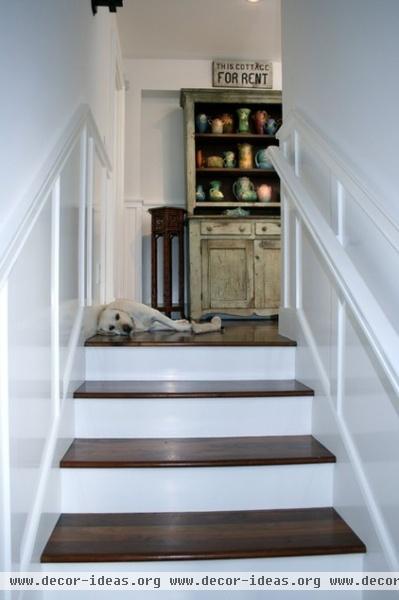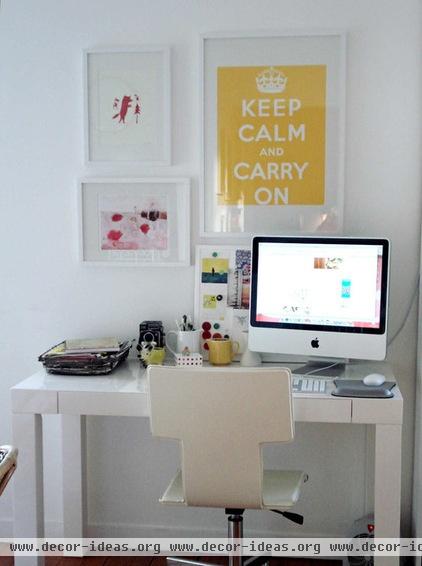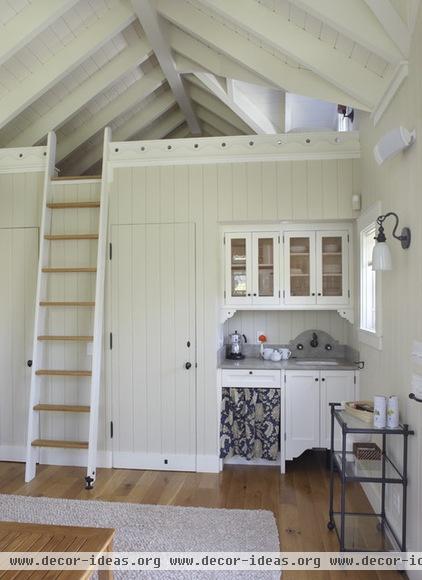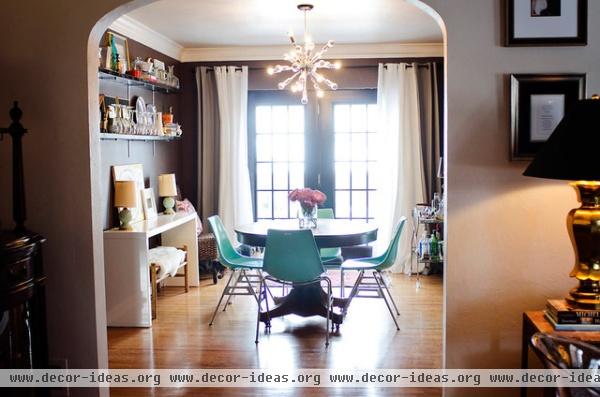So You're Moving In Together: 3 Things to Do First
http://decor-ideas.org 09/14/2013 14:50 Decor Ideas
Something interesting occurs when a couple transitions from having individual living spaces to sharing one: Previously undiscovered madness can rear its ugly head.
You could spend every second with your mate and still not know that he or she has been organizing the cans in the cupboard by color every time you leave the room. The things you will discover about each other will test your relationship to the core (yes, she did eat your last piece of cake), and there are things that will make it worth every second. Moving in together is a big step, but it doesn’t have to be a harrowing one.

Amid the excitement of getting to wake up next to the person I loved, when I moved in with my boyfriend I completely overlooked the fact that I had no idea what kind of design style he had. I mean, I knew he had style, and that’s one of the reasons I loved him, but he had been sharing a house with three other guys, and his room had consisted of a bed, books, a giant computer and way too many sneakers.
Moving in together was a natural choice for us. Since we loved each other, I suppose I thought things like wall color, sofa size and electricity bills would sort themselves out magically. But that turned out not to be true. Had we sat down and made a plan beforehand, I’m pretty sure the fight about the all-black living room would have never happened.
To help you avoid things like that, here are some tried and true tips for new-couple cohabitation.

1. Determine your budget. Knowing how much you can afford for rent (or a home purchase) should come before deciding where you want to live. Having a realistic view of what you each can contribute to the monthly expenses (rent, utilities, food) will let you search for spaces you can pay for.
Talking about finances is rarely easy. There’s no rule that you have to hand over your credit report — although you might want to disclose whether yours is good or bad — but you will need to share what portion of your income you can devote to a roof over your heads.
There is often a disparity in income, and there will definitely be disparities in who consumes more food, electricity, toilet paper etc. You can create greater balance by making a list of the estimated monthly expenses and deciding what you will split down the middle (for example, rent) and what you’ll trade off on (maybe one of you can buy groceries while the other pays for gas).
Mapping out a plan that feels fair to both of you can save you many hours of frustration.

2. Find a place you’re willing to pay for. You might yearn for a glass box in the sky, while your partner envisions a cozy brick studio. Sometimes the budget is the great equalizer, because what's doable can bring you down to earth.
Since your shared space will be one you'll come home to, it’s important to discuss must-haves and nice-to-haves and to know the difference. Search for places that rank high on what you really need.
A couple I know shares a studio apartment in a great San Francisco location with their three dogs and a turtle. It’s a small space (350 square feet), but they are happy and thriving. Location, light and price were their only must-haves. Because they knew up front what they were willing to compromise on, they snagged an affordable apartment in a neighborhood they loved and made it work.
It’s hard to budge on things you really like, but compromise is key when you’re setting up house with another human being. Be flexible.

3. Determine your design style. Design differences rank among the top challenges in creating a happy home. Finding out what works for both of you can be an illuminating experience. Whether you’re new nesters making do with hand-me-downs or a lucky couple able to shop from scratch, a trip to a furniture store will help you highlight any style differences and enable you to try out alternatives you both can live with.
If you lean toward romantic and your partner loves crisp and clean, you might find a happy medium in a modern low-backed sofa in woven linen, or a glass side table with a gold metal base.
I often ask my clients what they don’t love to rule out unnecessary things. For instance, knowing that you hate rococo or that you shiver at the sight of pleather is a great place to start. Representing both people in the space may seem impossible, but it’s absolutely true that the solution is all in the mix.
Start a Houzz ideabook that incorporates things you’re both attracted to and then review it together to find the common ground. You can also buy a couple of design magazines and dog-ear the photos you both love. Creating a visual list of your common likes can go a long way toward creating a truly collaborative space you'll both be happy to move into.
Coming up: Part 2 of this three-part series will guide you through decluttering — figuring out what stays and what goes — once you've made the move.
More:
Search more than 2 million home photos
How to Design and Decorate as a Couple
Related Articles Recommended












